The chrysoberyl is a gemstone of exceptional brilliance and durability (8.5 Mohs), admired for its yellow-green to brown hues and its rare varieties: classic chrysoberyl, alexandrite, cat’s eye chrysoberyl, and vanadium chrysoberyl.
Classic chrysoberyl is valued for its golden-green tones and high clarity, offering a bright, lively sparkle. Alexandrite is famed for its dramatic color change, shifting from green in daylight to red under incandescent light, a phenomenon first discovered in Russia and named after Tsar Alexander II. Cat’s eye chrysoberyl (cymophane) displays a mesmerizing chatoyancy effect, where a luminous band moves across the stone, making it a cherished talisman. Vanadium chrysoberyl, with its rich green hue, is sometimes mistaken for emerald.
Mined in Brazil, Sri Lanka, Madagascar, and Russia, chrysoberyl remains a gemstone of fascination and rarity, celebrated for its brilliance and and rare optical phenomena.
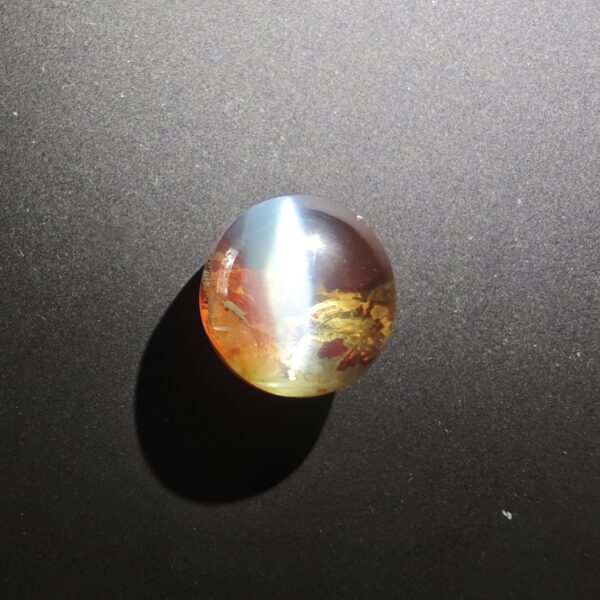

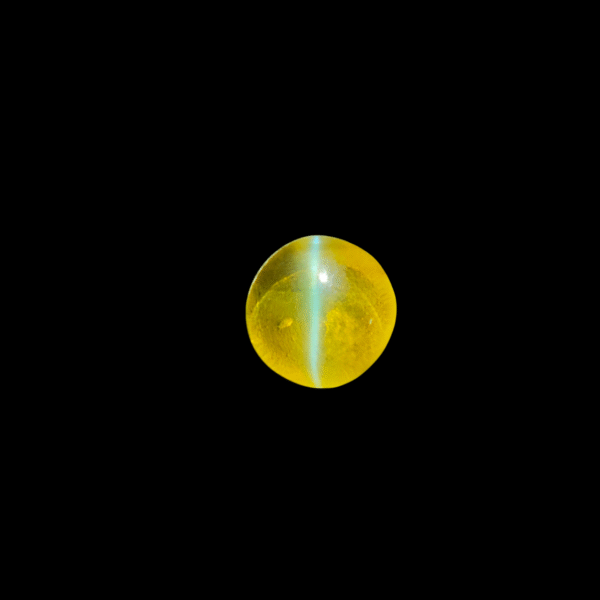

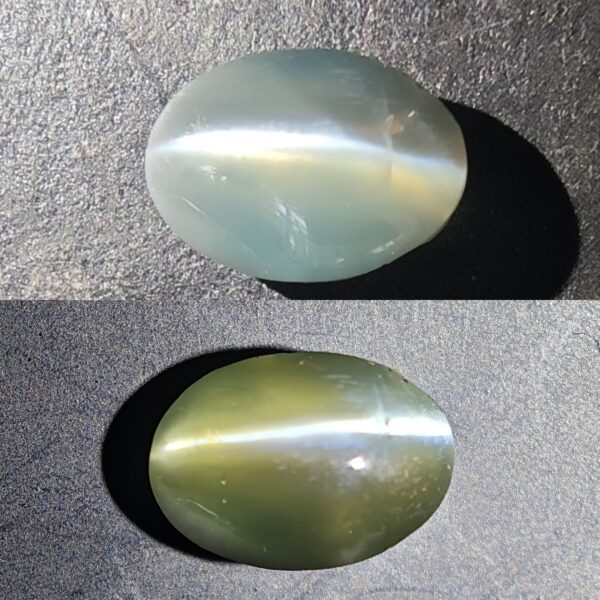
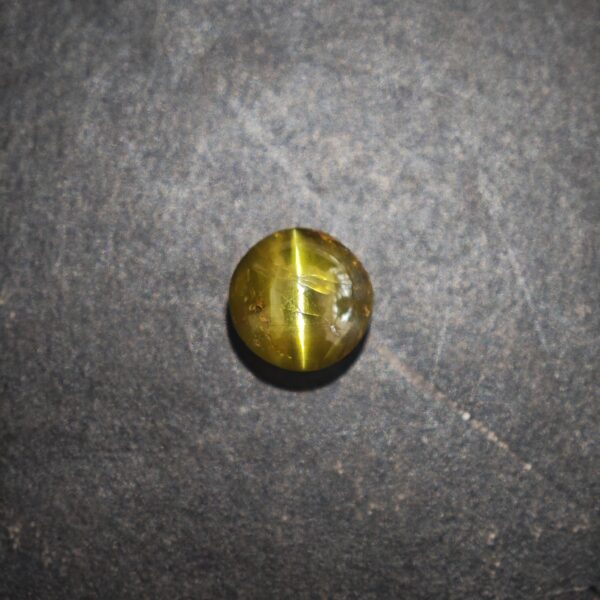
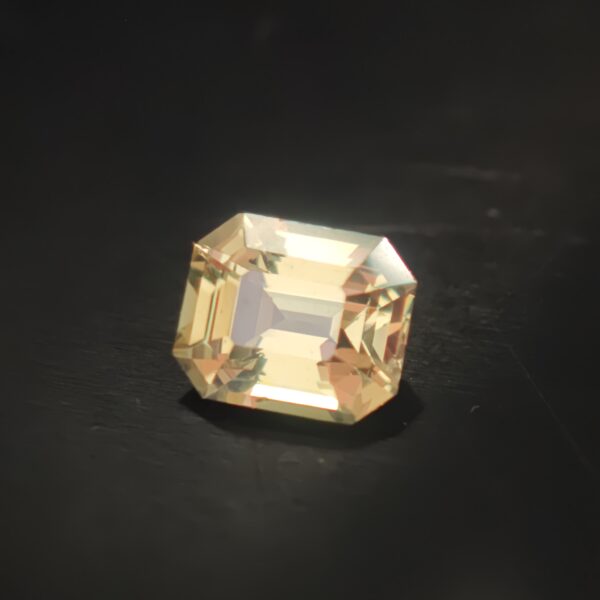
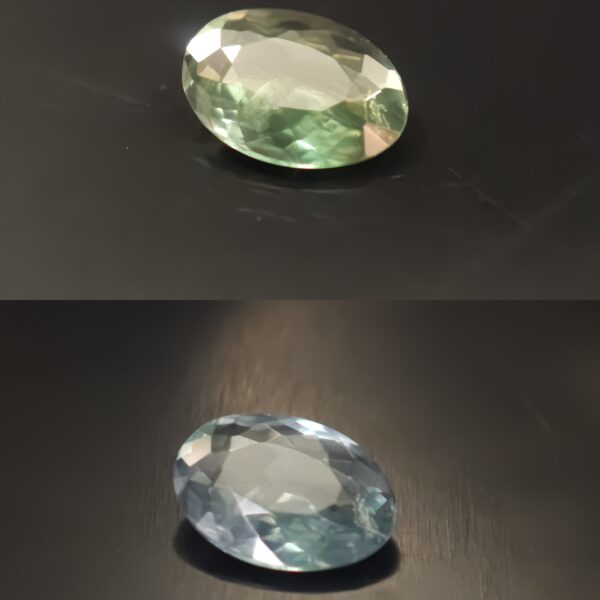
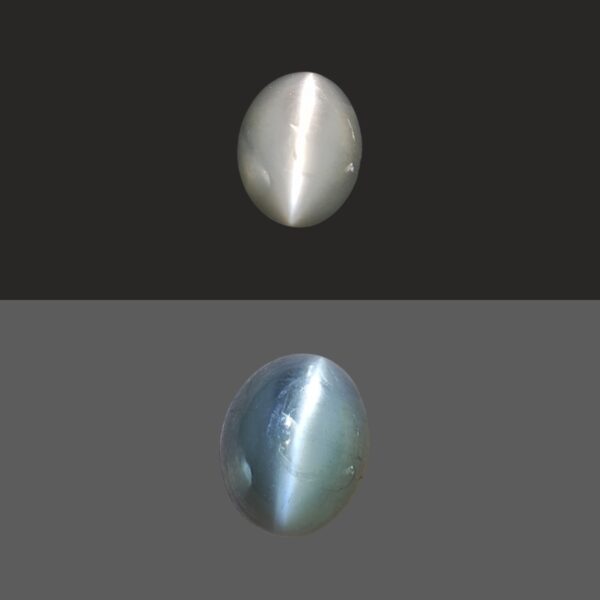

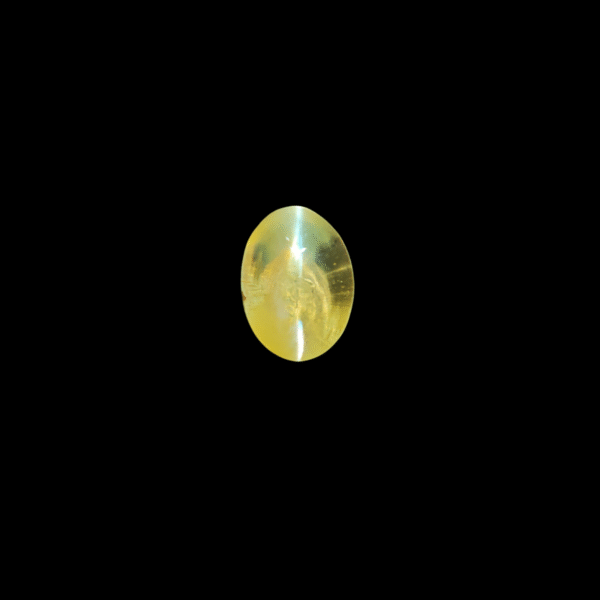
The chrysoberyl is a gemstone of exceptional brilliance and durability (8.5 Mohs), admired for its yellow-green to brown hues and its rare varieties: classic chrysoberyl, alexandrite, cat’s eye chrysoberyl, and vanadium chrysoberyl.
Classic chrysoberyl is valued for its golden-green tones and high clarity, offering a bright, lively sparkle. Alexandrite is famed for its dramatic color change, shifting from green in daylight to red under incandescent light, a phenomenon first discovered in Russia and named after Tsar Alexander II. Cat’s eye chrysoberyl (cymophane) displays a mesmerizing chatoyancy effect, where a luminous band moves across the stone, making it a cherished talisman. Vanadium chrysoberyl, with its rich green hue, is sometimes mistaken for emerald.
Mined in Brazil, Sri Lanka, Madagascar, and Russia, chrysoberyl remains a gemstone of fascination and rarity, celebrated for its brilliance and and rare optical phenomena.






E. Domenico Soriani – Tax Number ES Z11 87 495X
© 2025 Gems Of Ro.Me. All rights reserved.







